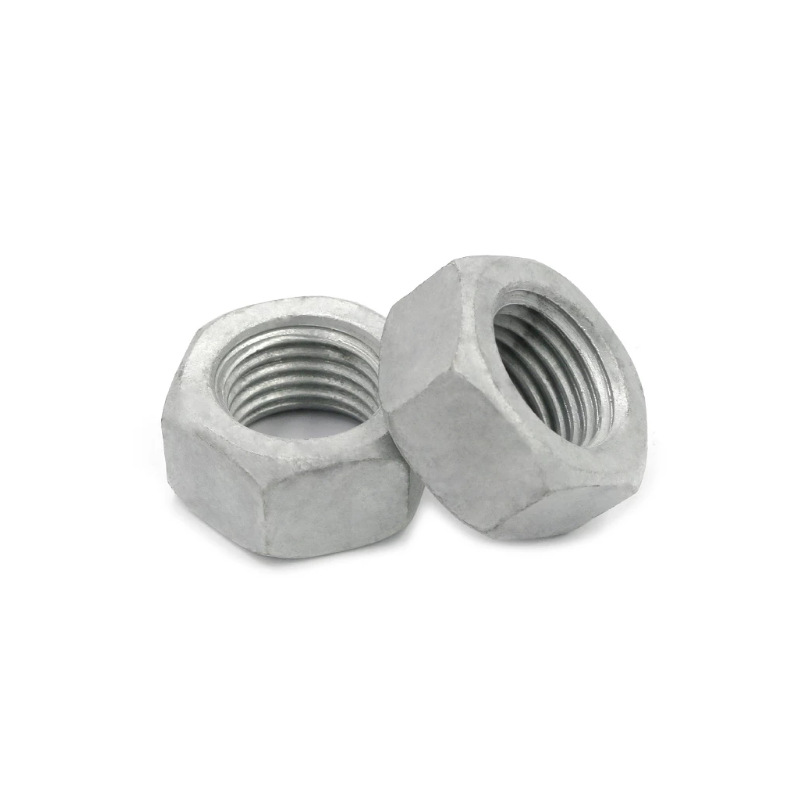

Exploring the Applications and Benefits of Metric Weld Studs in Modern Industrial Settings
Aug . 06, 2024 08:52 Back to list
Exploring the Applications and Benefits of Metric Weld Studs in Modern Industrial Settings
Understanding Metric Weld Studs An Essential Component in Engineering
In the world of engineering and manufacturing, fastening technologies play a pivotal role in ensuring structural integrity and reliability. Among these technologies, metric weld studs have emerged as a crucial component that facilitates the joining of various materials, providing strength and durability to applications ranging from automotive to construction.
What are Metric Weld Studs?
Metric weld studs are specialized fasteners that feature a design optimized for welding to metal surfaces. Typically made from high-strength materials, these studs have a cylindrical shaft with a threaded or unthreaded end that is welded to a base material, allowing for strong connections with other components. The metric designation indicates that the dimensions and specifications of these studs align with the International System of Units (SI), which is crucial in a globalized manufacturing landscape where compatibility and precision are paramount.
Applications of Metric Weld Studs
The use of metric weld studs spans various industries. In automotive manufacturing, weld studs are often used to attach components such as brackets and panels to the car body, ensuring that these elements are securely fastened for safety and performance. In construction, weld studs are employed to create strong connections in steel structures, allowing for quick and reliable assembly of frameworks, beams, and scaffolding.
Furthermore, these studs are indispensable in the electronics industry, where they are used to create grounding points and facilitate connections between different electronic components. Their versatility and strength make them a preferred choice for engineers and manufacturers looking for dependable solutions to their fastening needs.
Advantages of Using Metric Weld Studs
metric weld studs

One of the primary advantages of metric weld studs is their ability to provide a permanent connection. Once welded, these studs create a bond that is often stronger than the materials they join, thus enhancing overall system stability. This permanence is particularly beneficial in applications where disassembly is not an option or where the integrity of the connection is critical.
Moreover, the use of metric weld studs can significantly reduce assembly time and costs. Traditional fastening methods often require additional components such as nuts and bolts, as well as drilling and threading operations. In contrast, the welding process simplifies assembly as it combines the fastening and securing steps into one operation, streamlining production processes.
Considerations When Using Metric Weld Studs
While metric weld studs offer several advantages, there are important considerations to keep in mind. The welding process requires skilled technicians to ensure that the bond is created correctly; improper welding can lead to weak connections and potential failures. Furthermore, the selection of suitable base materials and the correct stud types for specific applications are essential to achieve optimal performance.
Additionally, engineers must also consider factors such as thermal expansion, stress distribution, and environmental conditions that may affect the performance of welded joints over time. A thorough understanding of these factors can help in selecting the right type of metric weld stud for a specific application.
Conclusion
In summary, metric weld studs represent a vital component in modern engineering and manufacturing practices. Their strength, versatility, and ability to create permanent connections make them invaluable in a wide range of industries. As technology and materials continue to evolve, the role of metric weld studs will undoubtedly expand, further enhancing their significance in ensuring safety, efficiency, and innovation in fastening solutions. Whether in automotive assemblies or structural applications, metric weld studs remain an integral part of the fabric of contemporary engineering.
Latest news
-
Hot Dip Galvanized Bolts-About LongZe|High Strength, Corrosion Resistance
NewsJul.30,2025
-
High-Strength Hot Dip Galvanized Bolts - Hebei Longze | Corrosion Resistance, Customization
NewsJul.30,2025
-
Hot Dip Galvanized Bolts-Hebei Longze|Corrosion Resistance&High Strength
NewsJul.30,2025
-
High-Strength Hot-Dip Galvanized Bolts-Hebei Longze|Corrosion Resistance&High Strength
NewsJul.30,2025
-
Hot Dip Galvanized Bolts-Hebei Longze|Corrosion Resistance&High Strength
NewsJul.30,2025
-
Hot Dip Galvanized Bolts - Hebei Longze | Corrosion Resistance, High Strength
NewsJul.30,2025

